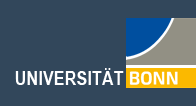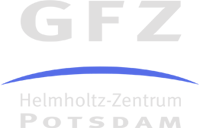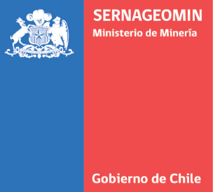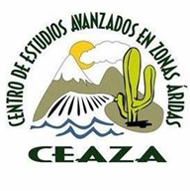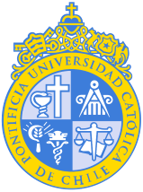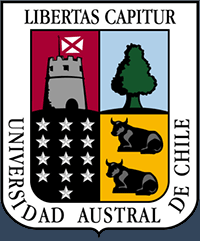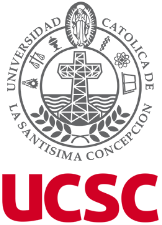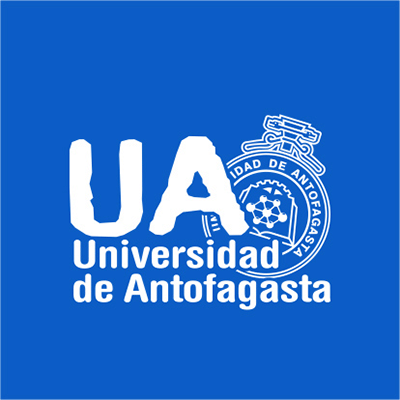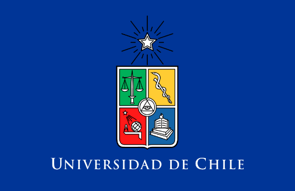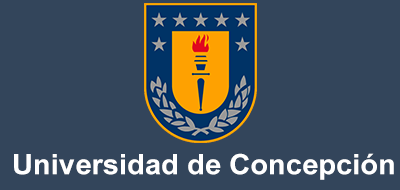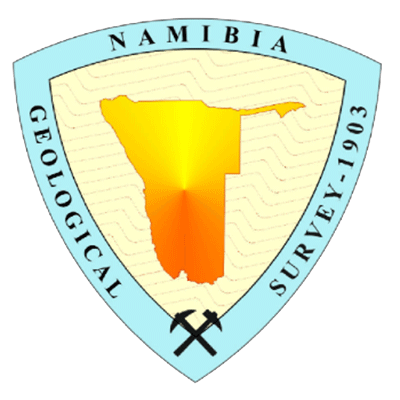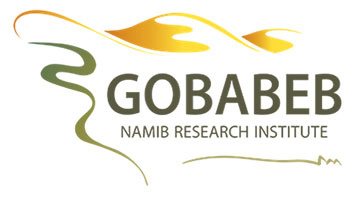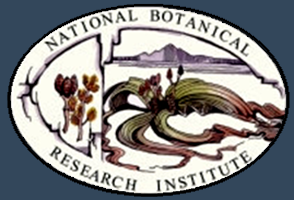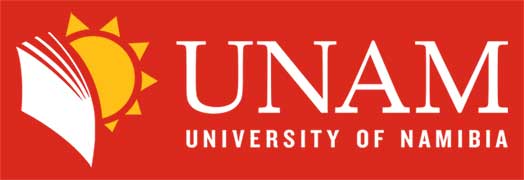Project C2 presenting at SERNAGEOMIN Lecture Series ‘Geocharlas’
|
|
Following successful and fruitful collaboration between the SERNAGEOMIN and CRC 1211 since its start in 2016, subproject C02 was invited to present the major results of their research as well as their ideas and objectives for the current, final funding phase to the public. Prof. Frank Lehmkuhl, Dr. Janek Walk, and Dr. Joel Mohren gave presentations as part of the SERNAGEOMIN ‘Ciclo de Geocharlas’ 2025 on the 17th of March at the Andrés Bello University in Santiago de Chile. Moderated by our longtime collaborator Andrés Quezada, C02 took the attendees on a scientific tour on the characteristics of alluvial fans and their function as geo-archives – from a global perspective to the extreme dryland environments in the Atacama and Namib Deserts.
In the first presentation, Prof. Frank Lehmkuhl gave an overview of the CRC’s structure before presenting a review of alluvial fans in hot and cold deserts. Following on the global perspectives, he linked the findings to the overall research objectives of subproject C02 and summarized the evolution of the project from the first (2016–2020) to the third (2024–2028) funding phase. Subsequently, Dr. Janek Walk gave a holistic insight into the landform characteristics, processes, and evolution of Atacama’s coastal alluvial fans. This included the main findings of his dissertation during the CRC’s first phase as well as the resulting second-phase and ongoing studies at the coast of the Atacama Desert. To conclude the lecture trilogy, Dr. Joel Mohren, postdoctoral researcher in C02 during the second phase, compared the alluvial fan systems between the core Atacama Desert and the arid to hyperarid Skeleton Coast in Namibia. Investigated across transects, the current state of morphometric as well as geochronological results and preliminary deductions were presented. Each presentation was followed by a discussion involving both the attendees in the hall as well as the virtual ones.
All three presentations were live-streamed and are available online via the SERANGEOMIN Youtube channel.
On the following day, C02 started their three-week field campaign to the eastern Atacama Desert and Altiplano – again supported, among others, by Andrés Quezada for over a week.

Subproject C02 presenting their research at the Andrés Bello University in Santiago; (left) Prof. Frank Lehmkuhl, (centre) Dr. Janek Walk, (right) Dr. Joel Mohren
Photo: SERNAGEOMIN



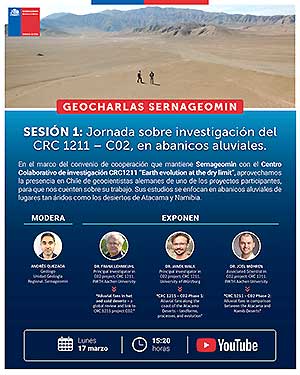
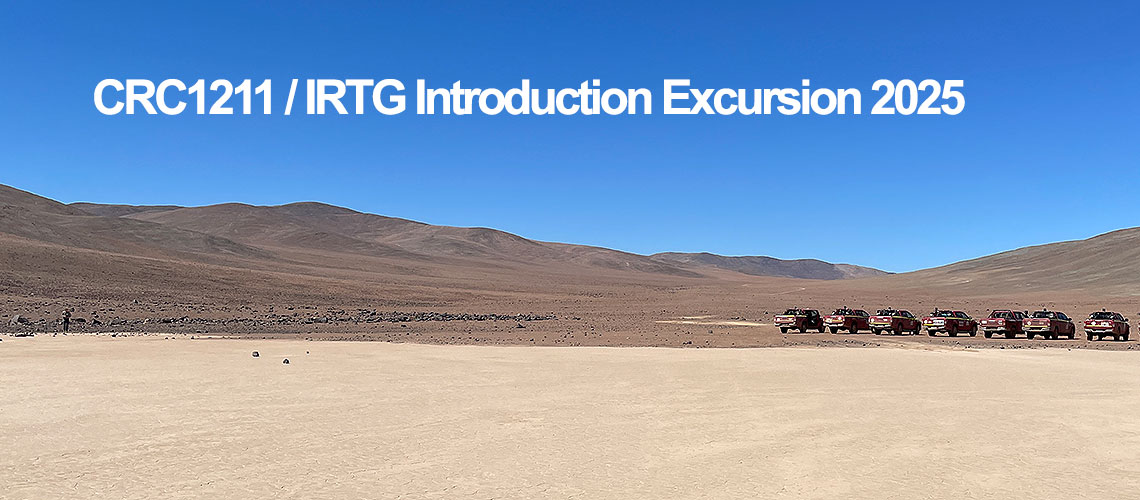
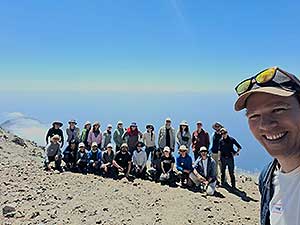
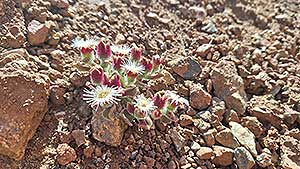
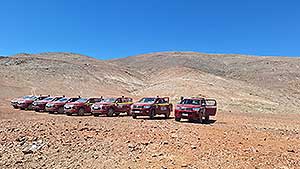
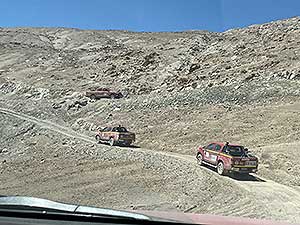
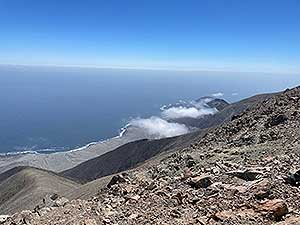
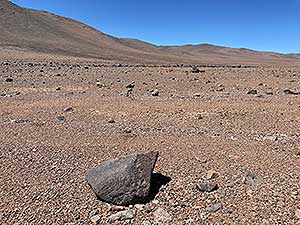
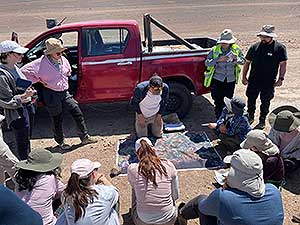

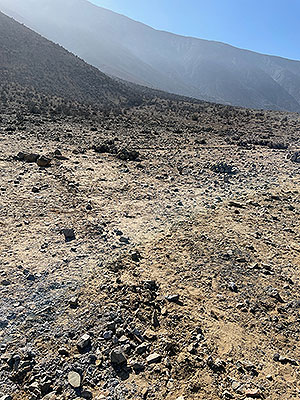
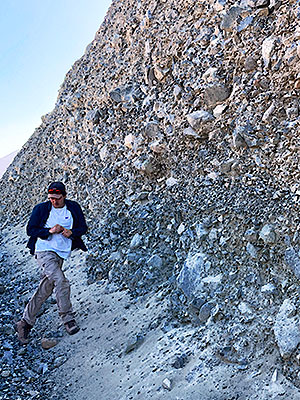
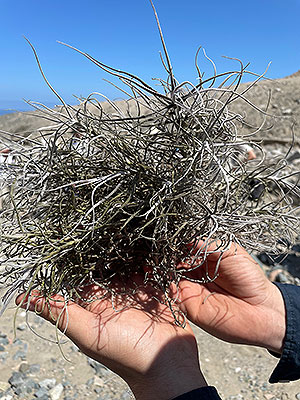
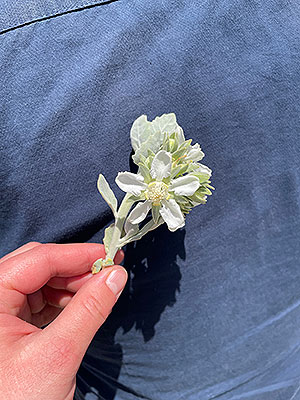
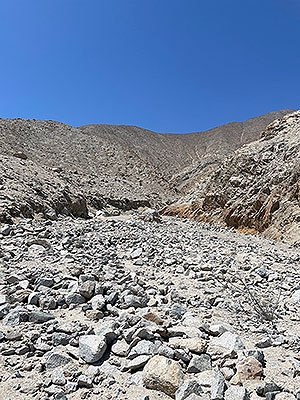
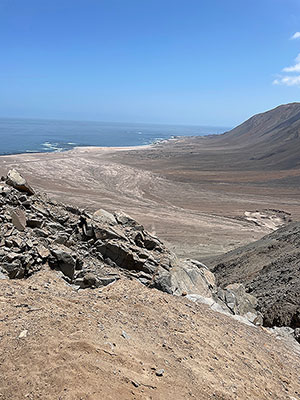
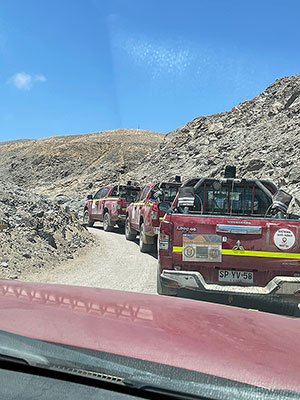
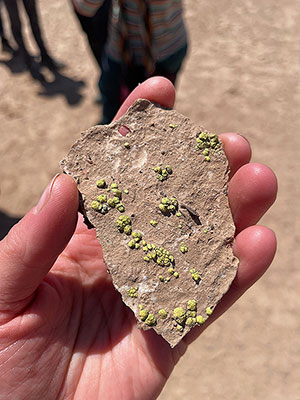
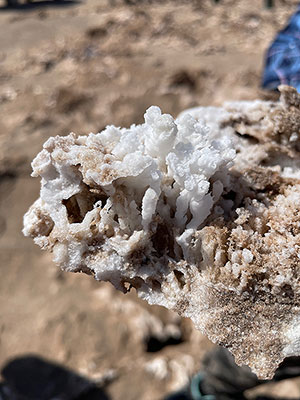
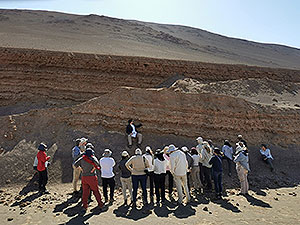
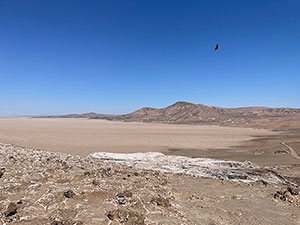
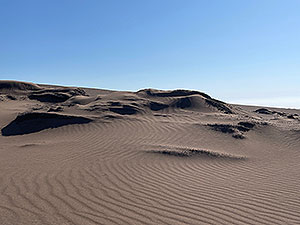
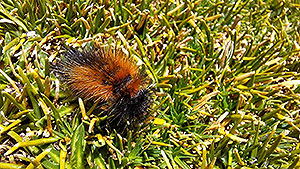
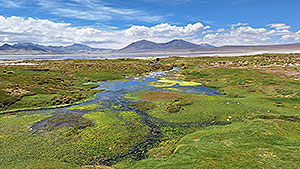
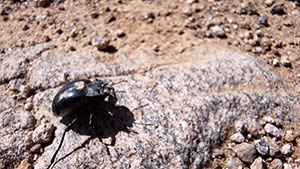
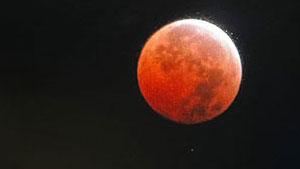
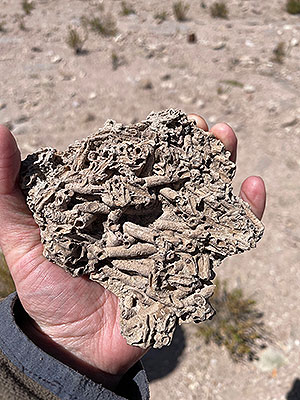
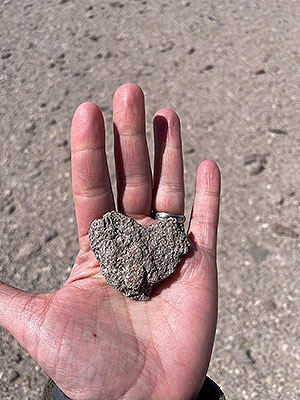
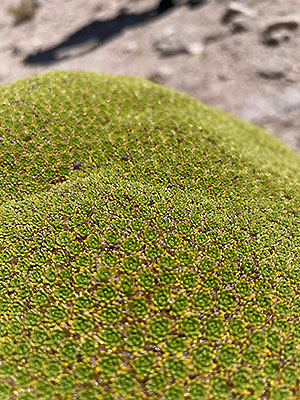
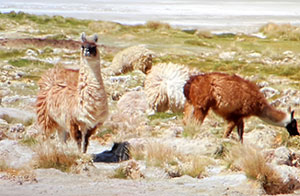
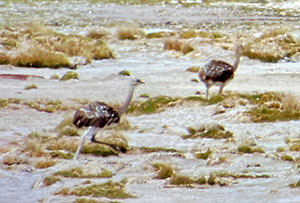
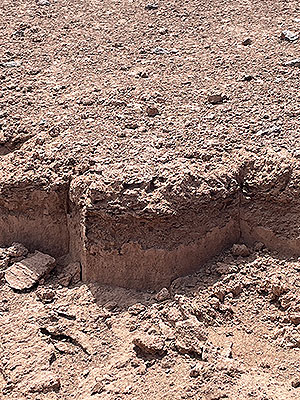

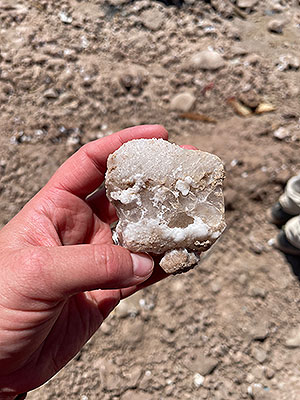
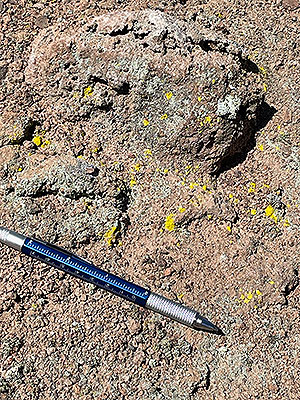

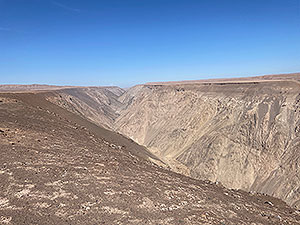
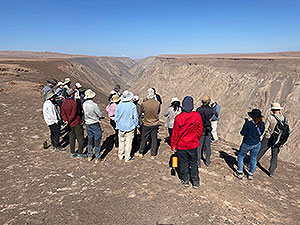
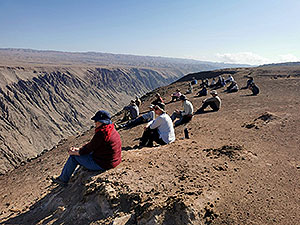
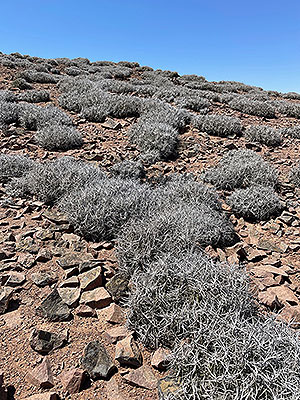
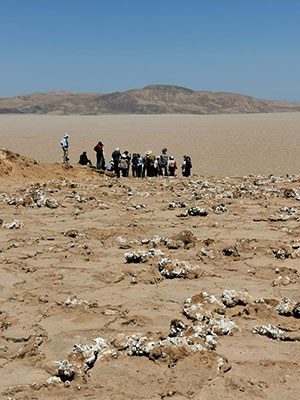
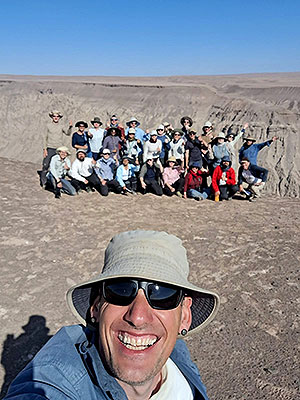
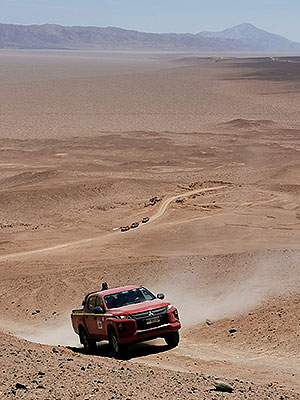
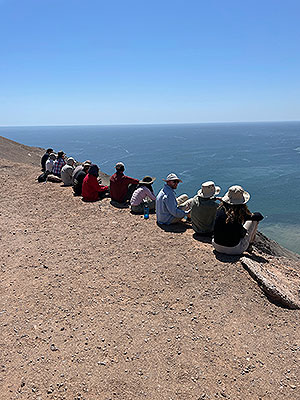
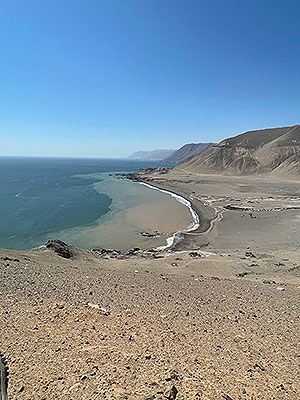
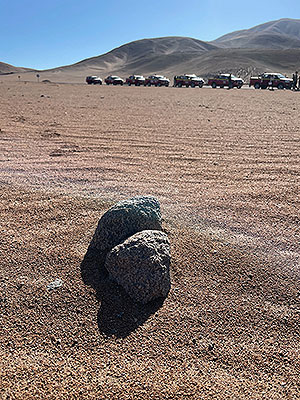
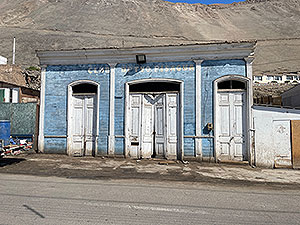
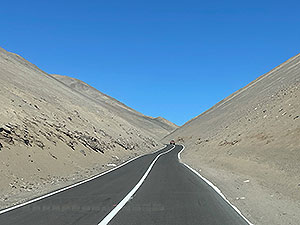
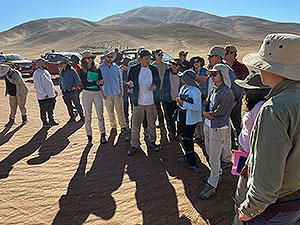
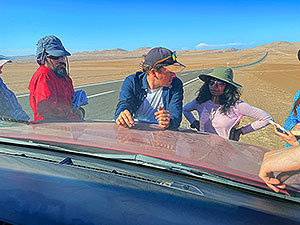
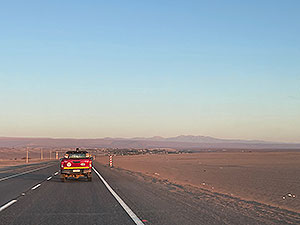
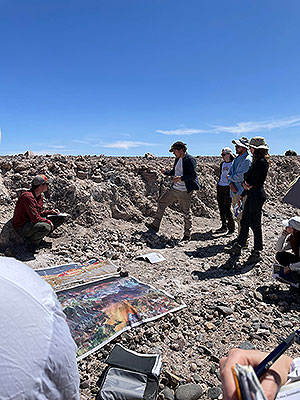
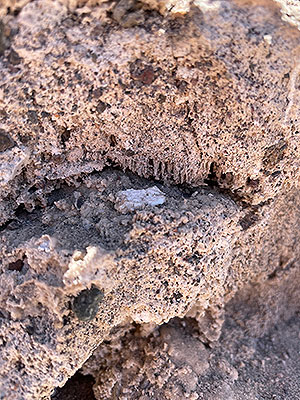
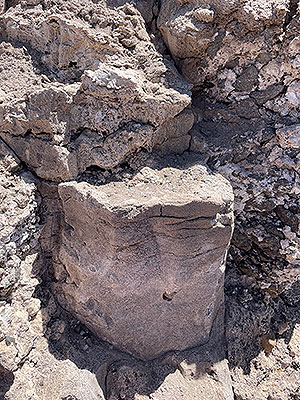
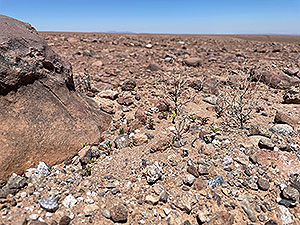
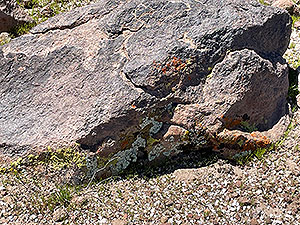
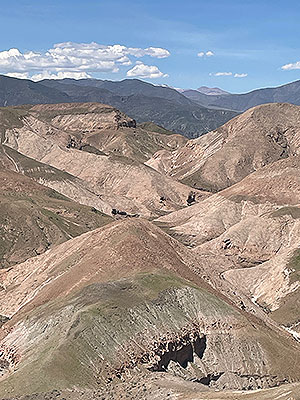
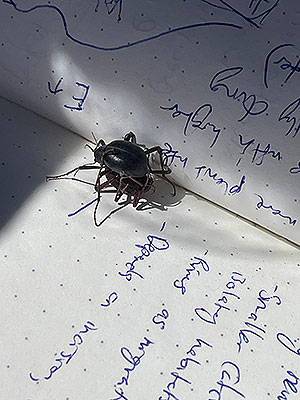

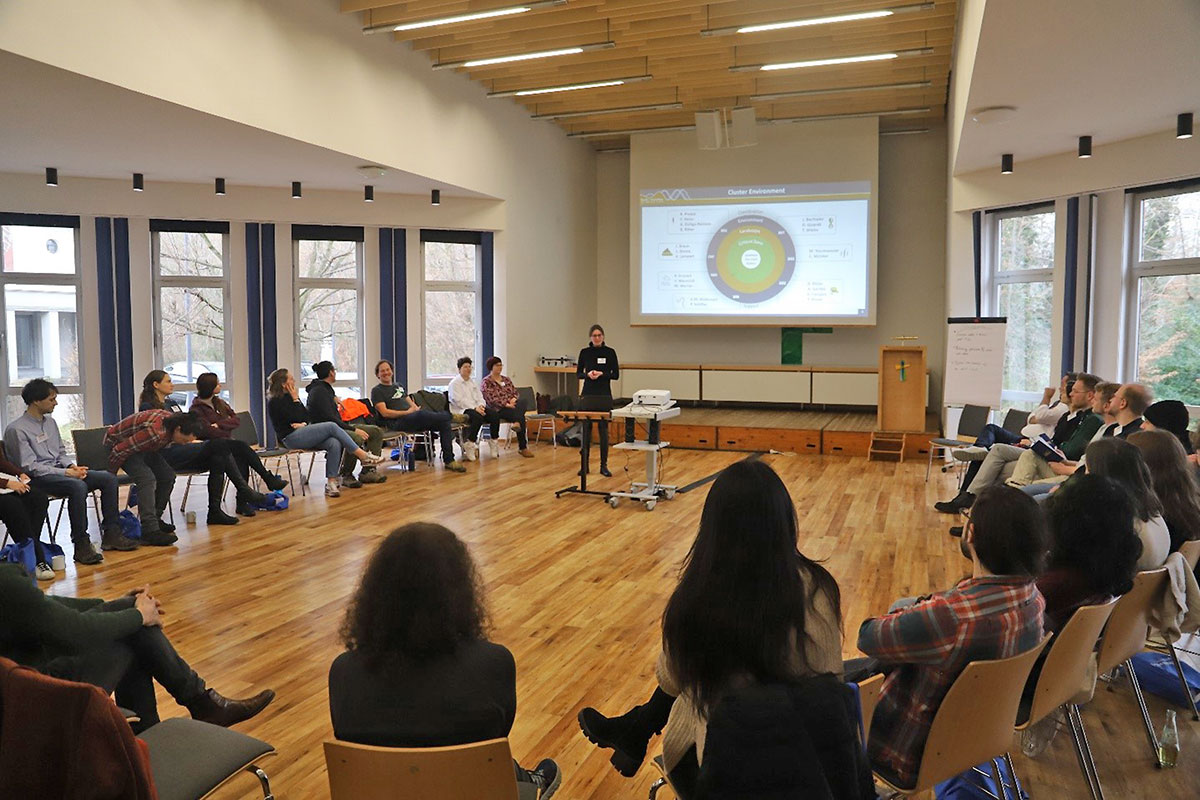
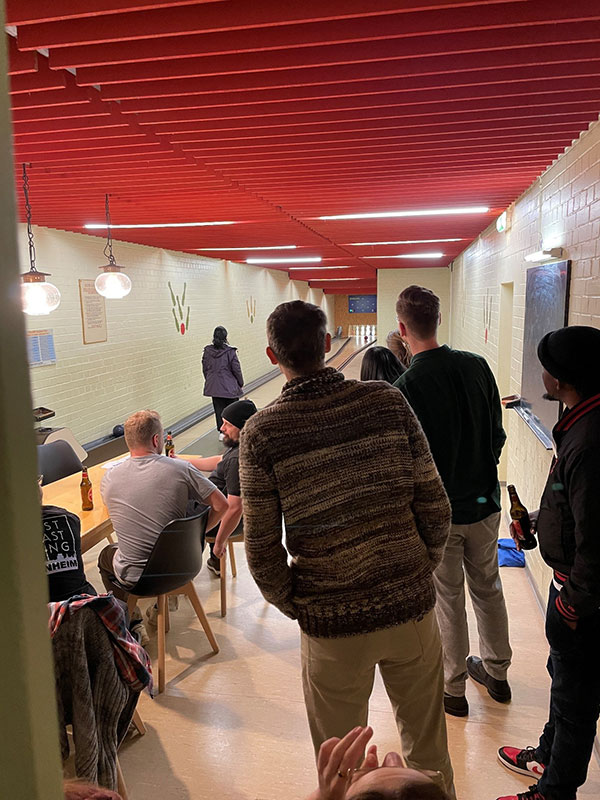

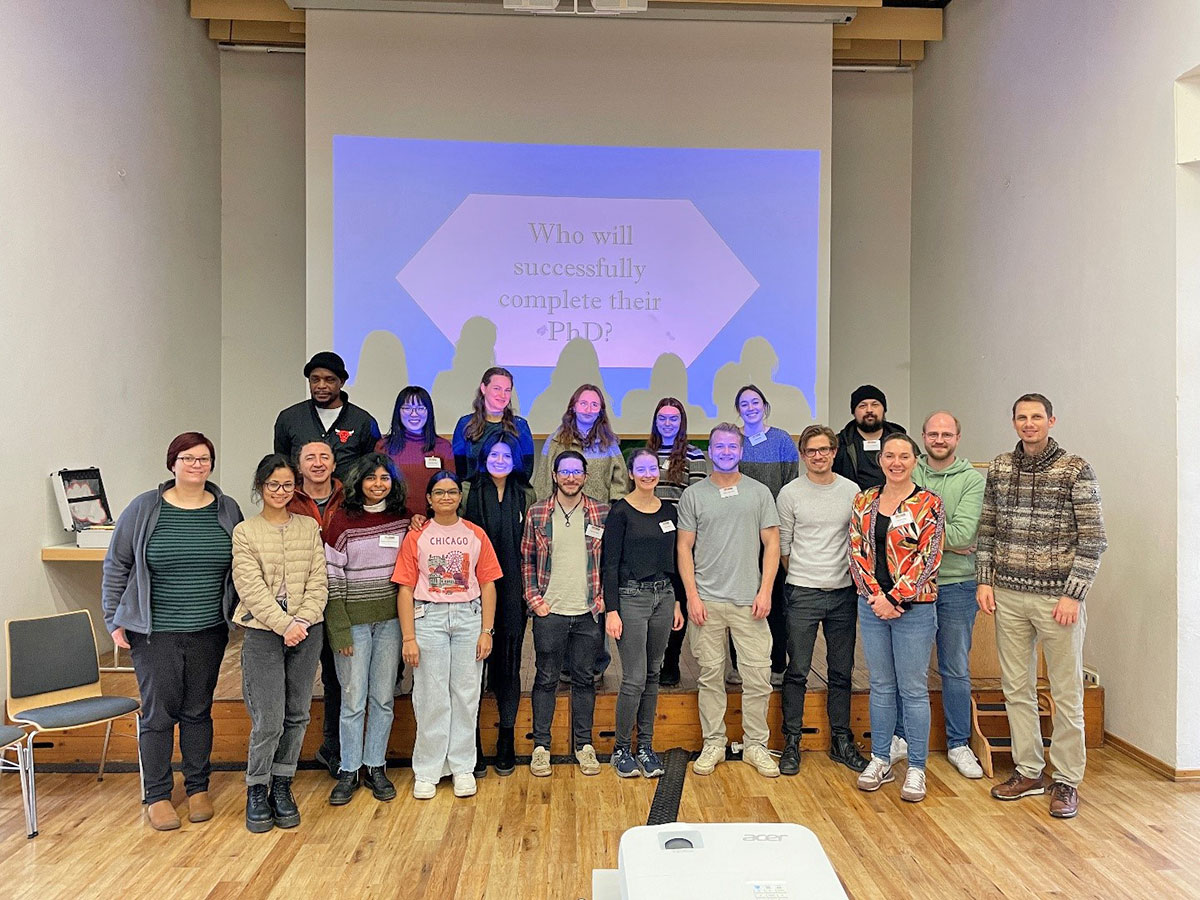
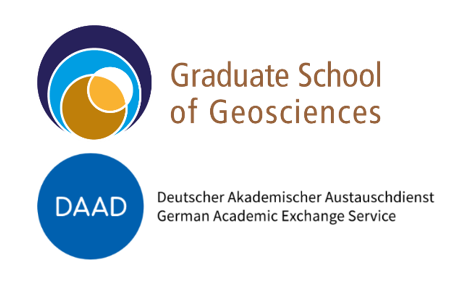 Supported by the
Supported by the 
